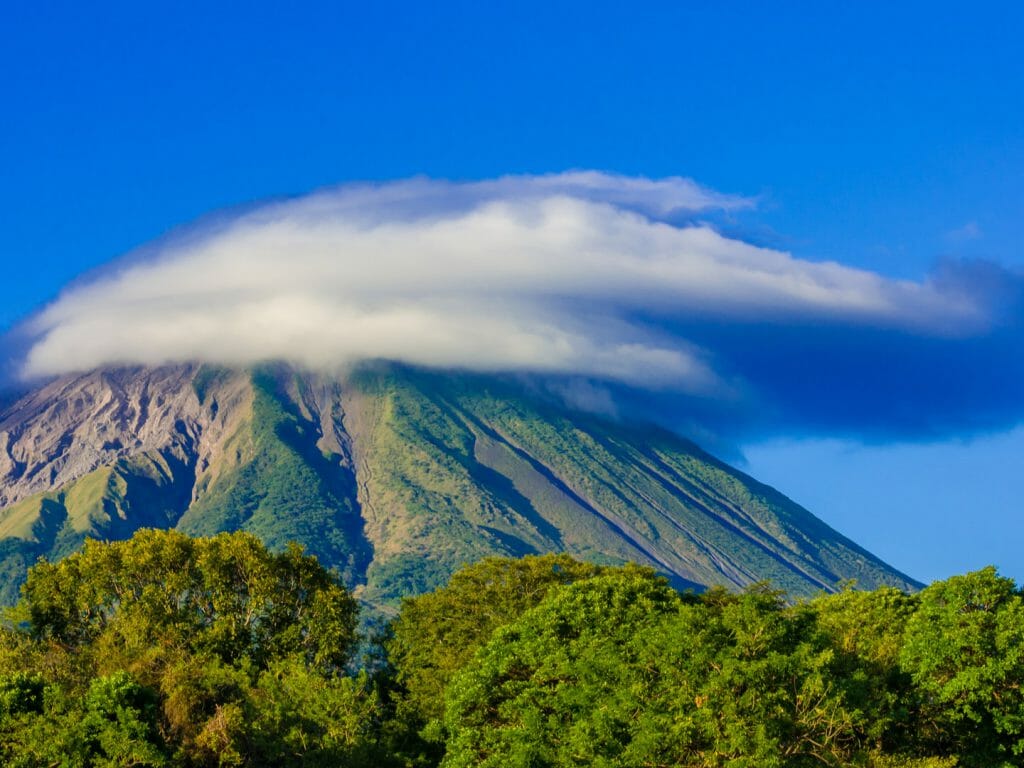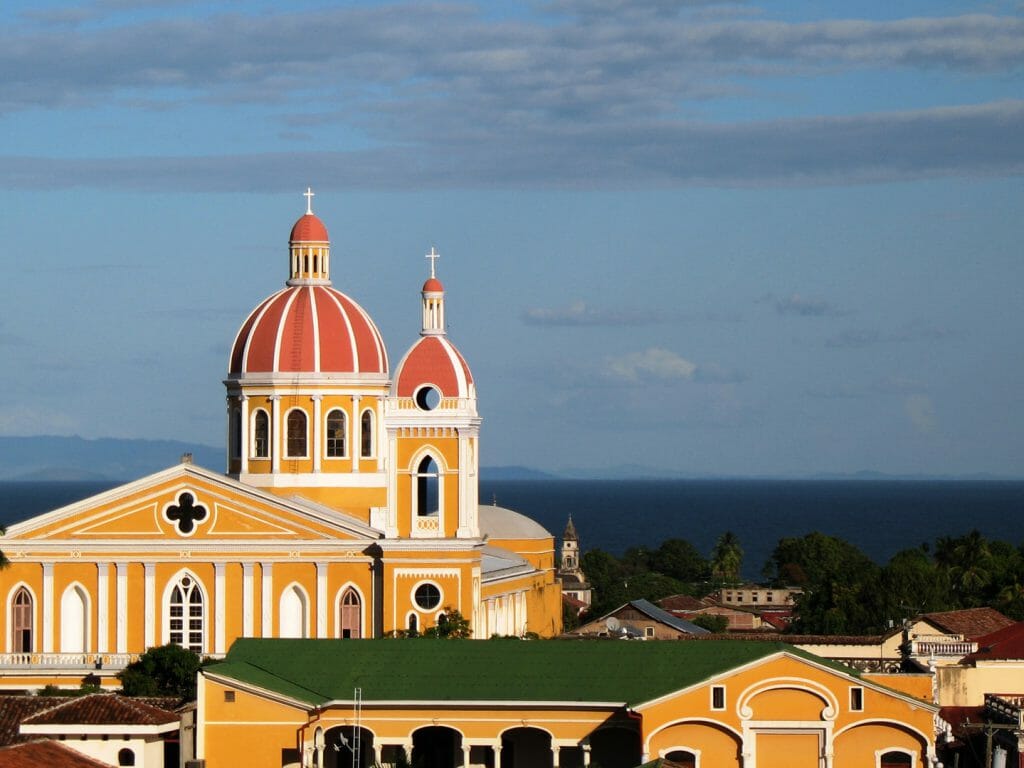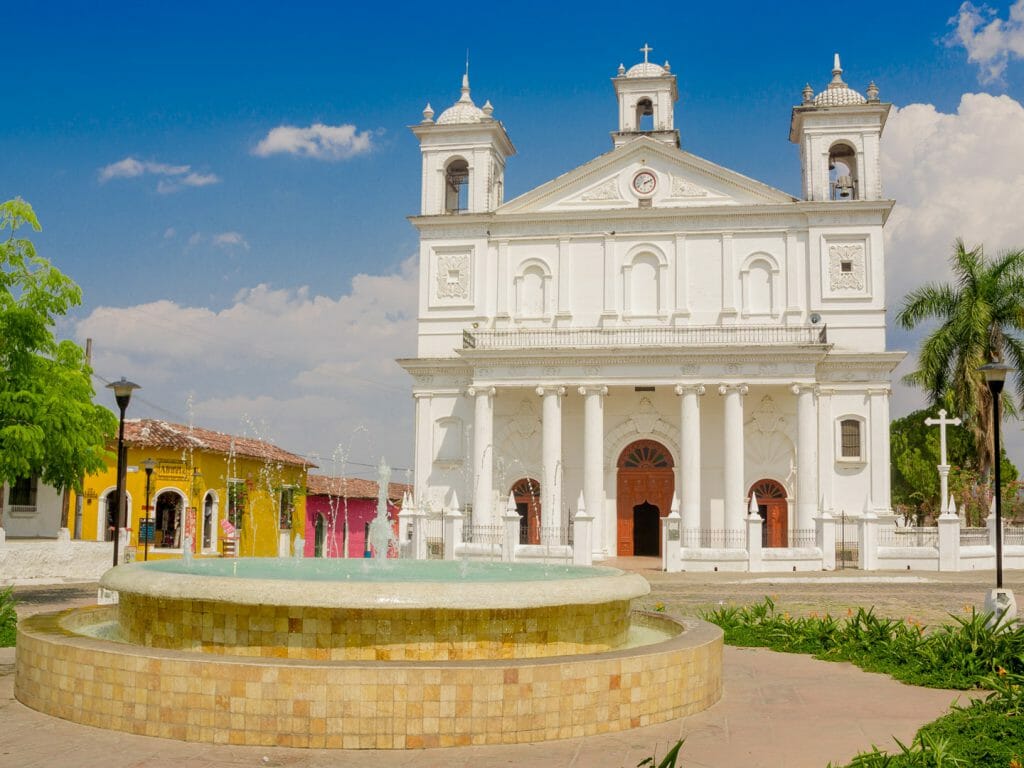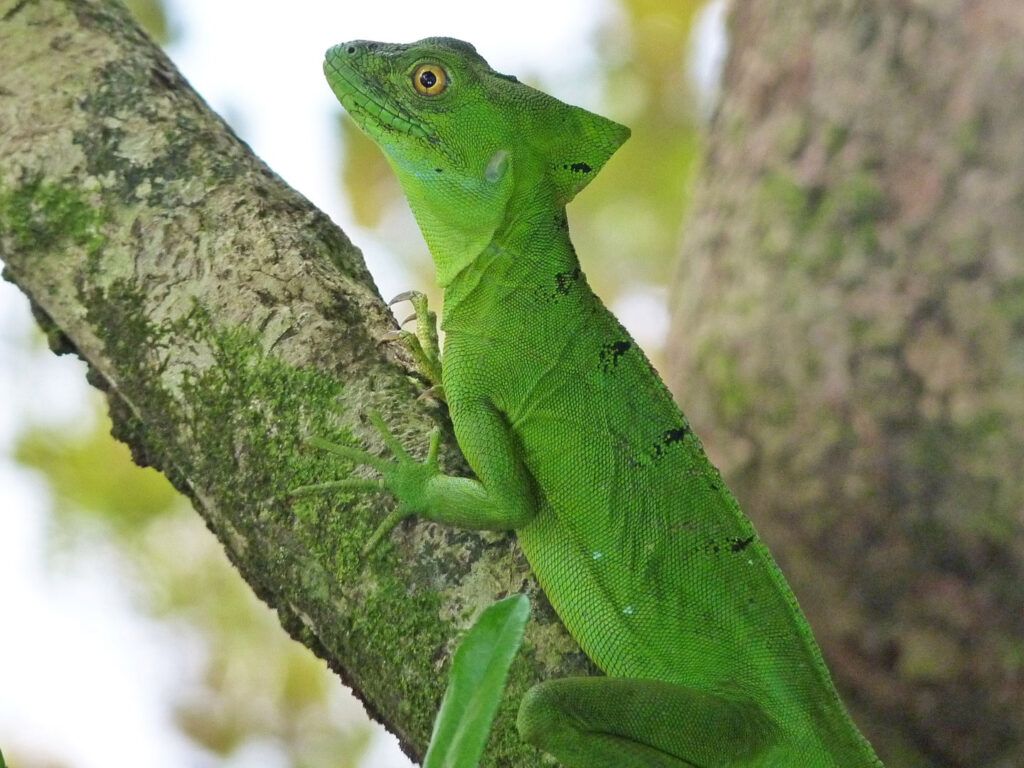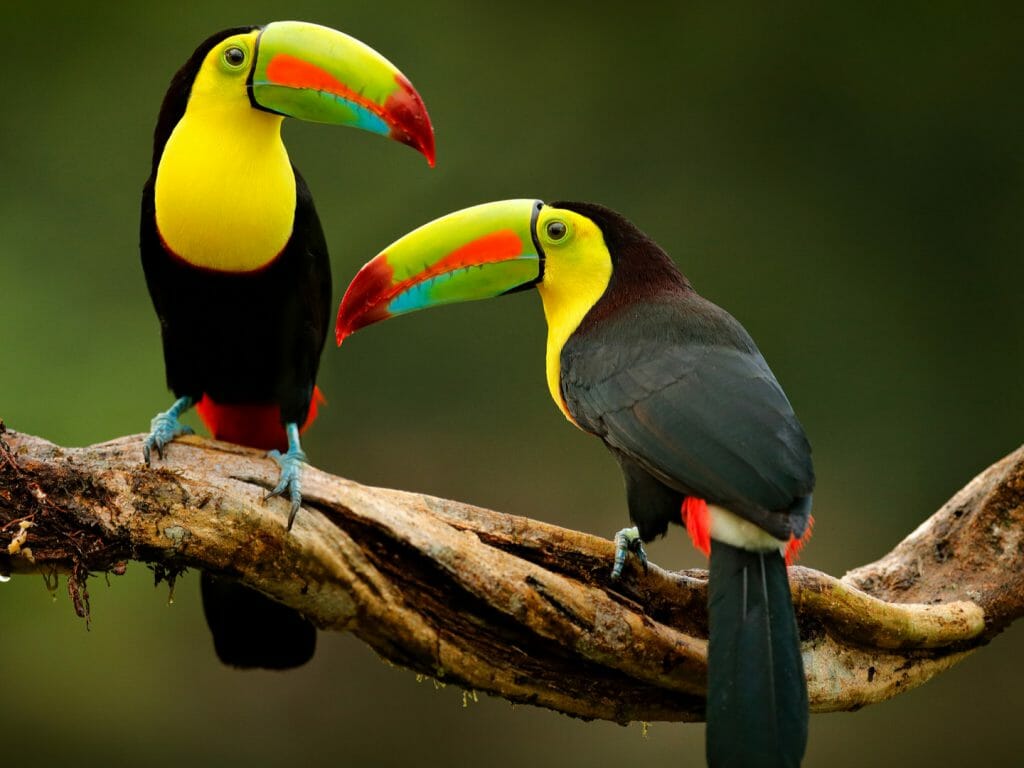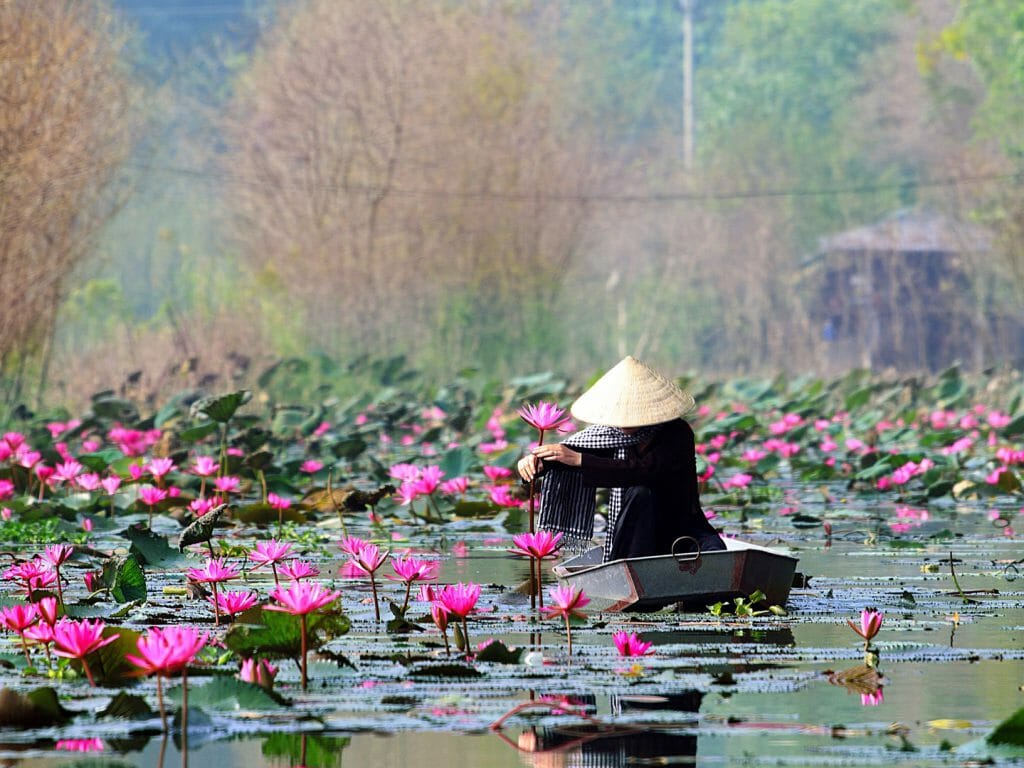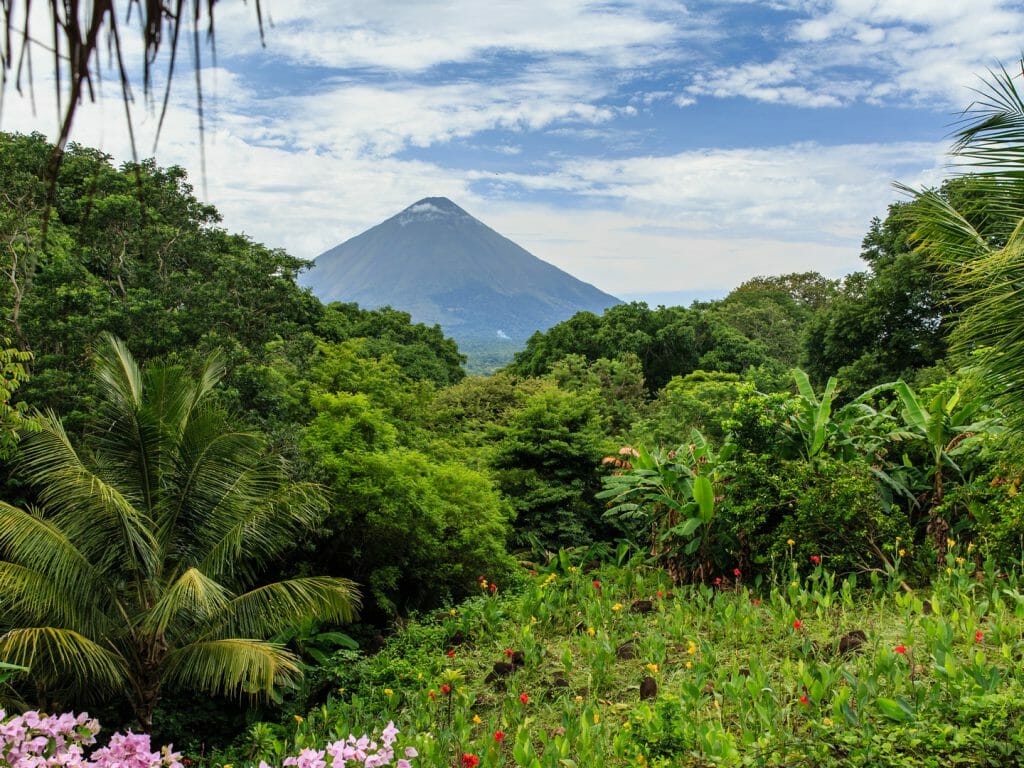“Welcome to wonderland,” quipped my guide Eduardo.
It was a veiled comment on the Salvadorans returning to El Salvador thanks to the drop in the country’s violence. The murder rate has fallen from 106 per 100,000 people in 2015 – the world’s highest – to just 7.8 last year, on a par with the US.
While the anti-crime initiatives – the consigning of gang members to a new 40,000-capacity prison – of the country’s president, Nayib Bukele, have not endeared him to human rights advocates and many are worried about the loss of free speech, the economy, investment activity and travel around the country indicate differently. For the time being.
El Salvador is a small country of some 21,000 square kilometres (less than a tenth of the size of the UK). A land of earthquakes and volcanoes – 90% of the country is volcanic and it is allegedly the setting for Antoine de Saint-Exupéry’s ‘Le Petit Prince’ – an unsurprising fact that given that Meso-America was created some three million years ago from volcanic activity and in so doing, linked North and South America.
The volcanic activity has produced a fertile land and a fecundity of plant biodiversity from the purple explosion of bougainvillaea to frangipani, from the variety of coloured hydrangeas to the wonderfully named Dragancea Fragrans.
The fragrance and visual brilliance of this plant life is evident on the Ruta des las Flores. A winding route through the hills in the North West of the country that connects a number of small villages, set amid coffee plantations. Red-tiled roofs and cobbled streets confirm the classic colonial style of one storey dwellings due to the vulnerability to earthquakes. A white-washed church dominates each village square.
The cool shade of the ceiba pentandra tree provides sanctuary to gossiping school children and mums checking their phones as overhead the Great-tailed Grackle cackles and calls noisily.
Coffee estates kept going throughout the civil war by essentially paying the guerrillas off which in turn led to many countries boycotting the purchase of Salvadoran coffee. The shackles and associations of such boycotts have only just been broken.
I sit in the garden of a coffee estate just outside of Ataco, admiring the garden and wishing my wife was here to enjoy it with me. As the breeze picks up, my eyelids gently close only for an emerald-chinned hummingbird to buzz me out of my soporific stupor.
On the small windy road en route to the Cerro Verde National Park, three cows impede our progress. The farmer trudging up unhurriedly behind them seemed to see no need to chivvy his livestock out of our way, even stopping to talk to an old lady who had a bowl of ground corn on her head having just been to visit the corn grinder.
El Salvador is a land of earthquakes and volcanoes and Cerro Verde has three of them – Izalco, Santa Ana and Cerro Verde. The last is long extinct. Santa Ana is the highest in the country standing at 2,381 metres and takes around two hours to get to the top. Inside is a steaming crater lake and there are tremendous views to the Pacific. Izalco, just opposite, has been in continuous eruption for 160 years until 1966. It was known as the ‘Lighthouse of the Pacific’ as its fire could be seen by ships between 1770 and 1958.
Originally built to witness the eruptions of Izalco, the hotel that is now Casa 1800 might have been deprived of its fireworks due to the dormancy of the volcano but it still retains its sublime view overlooking the south east slope of the perfect cone-shaped volcano that rises 650 metres from the plain below. I awake to see a dawn sky tinged with pink and steam rising from the southerly summit of the cone.
Later that morning, I walked through the cloud forest, stopping to enjoy the dappled light and variegated greens. I sit patiently under a snake tree bursting with bromeliads and orchids listening to bird calls.
Heading down from the volcano, the sky is hazy, the temperature is hot and sticky; the rains are late in coming. A low-hanging oriole nest is a portent of bad weather coming.
The crops also change. Higher up, coffee is the staple. Lower down, sugar cane. They do not compete for land. Nor do they compete with indigo and cacao, which were the preserve in baronial times.
We bounce into Suchitoto on its cobbled streets lined by pastel coloured walls. The overhead radio squawk of orange-chinned parakeets, the clicking of geckos under the red roof tiles. Women slap their hands together in the perpetual rhythmic creation of tortillas or pupusas. The locals drop the formality of tardes and noches and just say “Buena”.
The town has a sleepy feel to it – everyone knows everyone in this community. Eduardo asks the officer on duty at the police station if they know if there is anywhere that has a free bed for the night. Much laughter.


